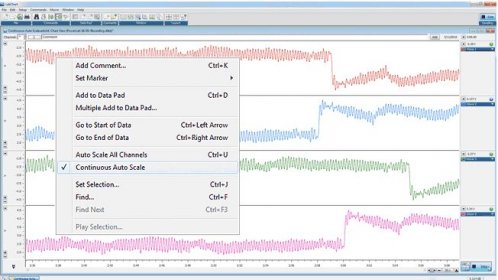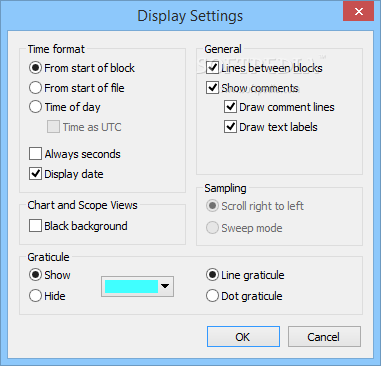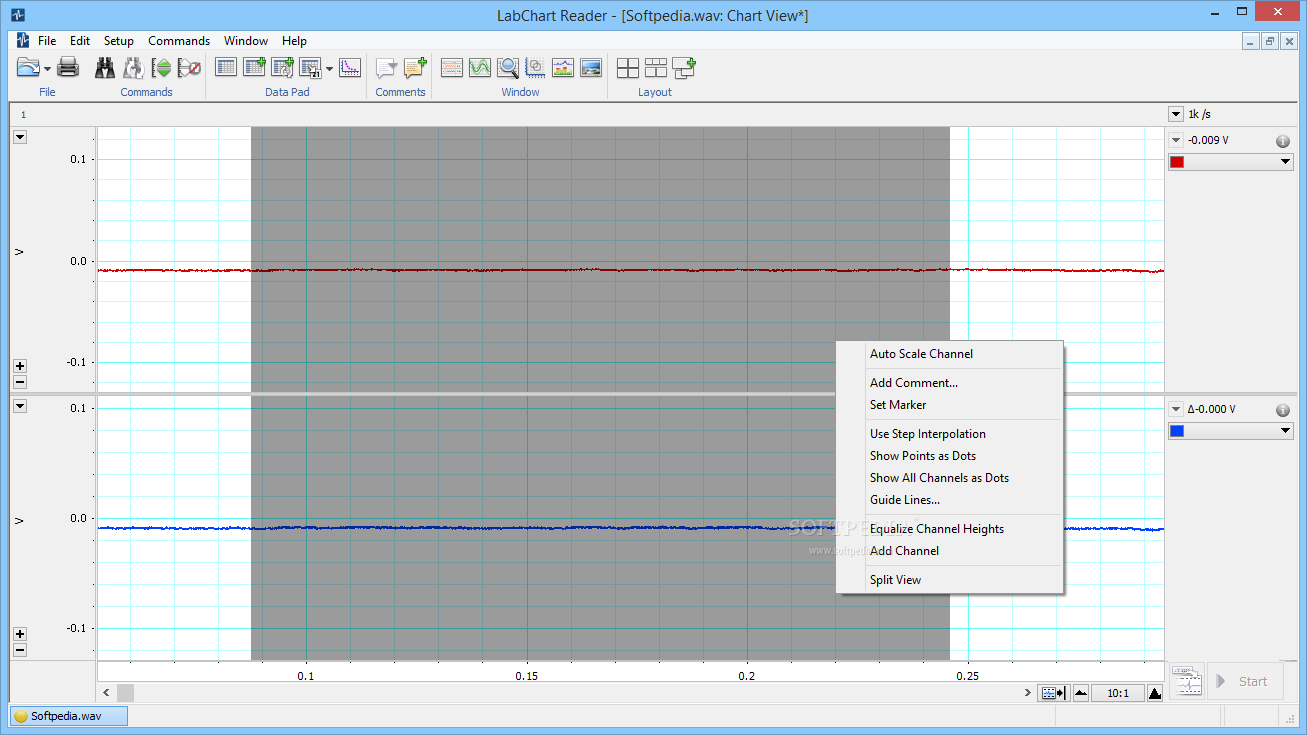

For FIR filters, the cut-off frequency used for the design is conventionally the half-amplitude frequency rather than the half-power frequency used for IIR filters. The design parameters specified for FIR filters are different from those used for Infinite Impulse Response (IIR) filters such as Butterworth filters.

Digital FIR phase filters are recommended for processing EMG signal amplitude. not a function of frequency, and so they can also be used online in real-time. Unlike Butterworth filters, these filters are “linear-phase”, which means the delay introduced by the filter is a constant (actually 0 in LabChart), i.e. These FIR filters are designed using the “Window Method” with a Kaiser window with beta = 6, which results in pass and stop band ripple of less than 0.5%. The standard digital filters supplied by the LabChart Digital Filter Channel Calculation are zero-phase-lag Finite Impulse Response (FIR) filters. A Butterworth filter is recommended for general sEMG signal filtering use - it is frequency-based and has a faster setting time in response to signal transients, and the effect of filtering can be easily understood and predicted. The simplest and most direct means of increasing the fidelity of the sEMG signal is to filter the maximum amount of noise while retaining as much of the desired EMG signal frequency spectrum as possible.

The surface electromyographic (sEMG) signal that originates in the muscle is contaminated by various noise signals or artifacts.


 0 kommentar(er)
0 kommentar(er)
